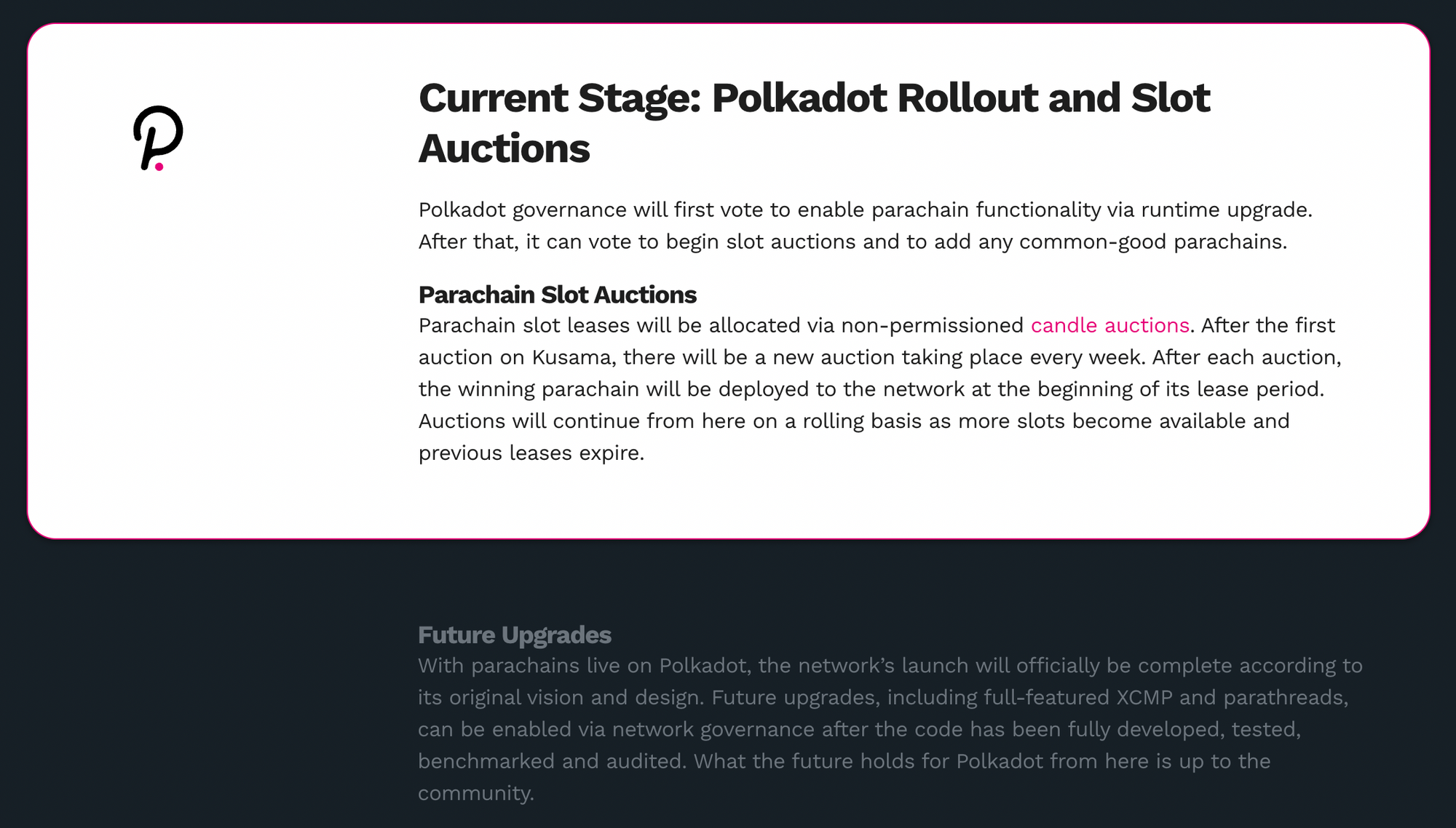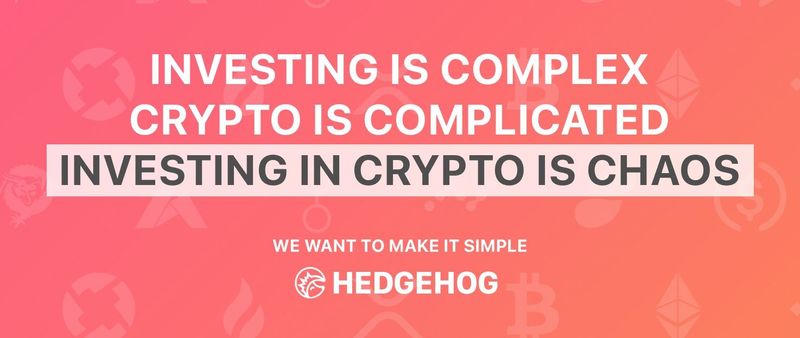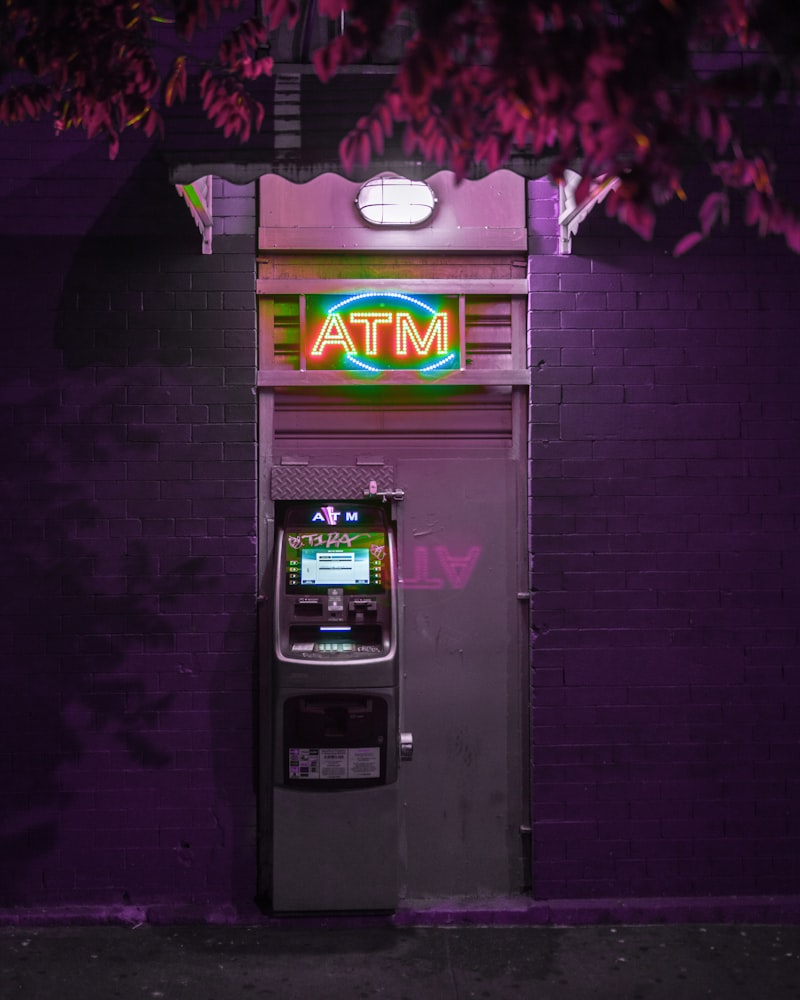Report contributed by Olakunle Afolabi.
What if all blockchains had common links between one another? Imagine a system in which BTC and ETH seamlessly interoperate, while also plugging into every other blockchain. There are multiple approaches to this vision, naturally. One promising effort called Polkadot (DOT) is being expanded and vigorously tested as we speak.
The current blockchain landscape is fragmented, with multiple independent blockchains and no official way for them to communicate, share data, exchange value, or otherwise interact in a consistent, predictable manner. Polkadot is working to correct this by enabling cross-chain interoperability. The plan is to allow every blockchain to be compatible with the many other blockchains out there. Instead of walled gardens, a network of friendly paths and gates for the community.
DOT has tripled in value over the past three months, from around $15 to around $45, though not without significant volatility. Past performance cannot guarantee the future, as usual, but we can safely surmise that investors feel pretty enthusiastic about Polkadot right now. Here's the recent good news...
Gavin Wood: Parachains are Ready
Polkadot co-creator Gavin Wood recently indicated that Polkadot "parachains", data structures which augment the base DOT blockchain, are technologically good to go. Parachains connect to the shared security of the layer-0 central relay chain, but can include their own economies and native tokens.
Wood declined to give a specific date, since flicking the switch isn't solely up to him. The decision will be determined by the ongoing Polkadot governance process:

"I can tell you things are going well on the Kusama side for trying out parachains," Wood said. "The audit, I'm not sure if it's complete yet, but if it's not complete, it's going to be completed in the next few days, right? Days, not weeks."
Talk of debuting Polkadot parachains comes on the back of the successful launching of Kusama parachains. As Polkadot's experimental sister chain and testnet, Kusama cleared the path for DOT parachains following a governance vote in June, which commenced auction of slot leases to add parachains to Kusama.
After the successful first vote on Kusama parachains, the second round was approved to commence on 1st of September. Slots 6-8 were picked up by decentralized identity project KILT, privacy protocol Calamari, and the Basilisk liquidity project. Kusama DeFi platform Altair secured the 9th and 10th parachain auctions, while #11 went to PolkaSmith. The 12th auction is currently underway.
First Liquid Staking for Polkadot and Kusama
Polkadot decentralized liquidity hub and DeFi platform Acala announced a partnership with blockchain infrastructure provider Blockdaemon, to support newly-launched staking derivatives for Polkadot and Kusama.
Liquid staking is meant to address issues such as long unbonding periods, and ideally will unlock billions in liquidity for users. Currently, the value of liquidity staked on Polkadot and Kusama are $21 billion and $2 billion respectively. However, these assets are locked and dormant, unable to take advantage of other DeFi applications to yield returns. Users are also subjected to 7 and 28 days of waiting before they can redeem or unbond their assets on Kusama and Polkadot respectively.
The newly launched KSM liquid staking (LKSM) addresses these issues as users are now able to make extra returns on their locked assets while unbonding can also be carried out at any time without delay. When users stake their KSM on Karura, they get awarded LKSM. Your LKSM continues to earn staking returns, while being free to use across Karura and Kusama-based DeFi for earning additional yield which can be unbond at any time. Presently, users who stake KSM for LKSM will earns 16% APR in staking reward.
Web3 Wallet Talisman Closes $2.35M Seed Funding Round
Talisman, a Polkadot Web3 wallet platform, plans to launch an early version of its Polkadot wallet extension before November runs out. Having raised a $2.35 million in seed funding from Koji Capital and Hypersphere Ventures, among other firms, the team will build out essential features to make it easier for users to interact with DotSama (portmanteau of Polkadot and Kusama) ecosystem.
Talisman, billed as a DotSama wallet, aims to enable cross-compatibility across the Polkadot and Kusama "paraverse." Hypersphere Ventures partner Jack Platts explained, "Talisman is aiming to become the paraverse gateway for everyday crypto users."
Conclusion
My own opinion? First and foremost, I believe Polkadot is here to stay. This functionality isn't a want in the crypto space, it isn't an option — it is a necessity, as demonstrated by the extraordinary success of DeFi. From my perspective, Polkadot is to crypto what education is to humans. Education elevates humans to another level entirely, and that's exactly what Polkadot does to the crypto landscape.
Polkadot is a blockchain for blockchains, giving developers the freedom to do whatever they want on multiple data layers. The new projects and features streaming into the paraverse offer an immense opportunity.
What about DOT the asset? Polkadot is currently the 8th largest cryptocurrency by market cap, sandwiched between XRP (#7) and DOGE (#9). Consider how much you hear about either of those projects versus Polkadot, which has risen high on the list with drastically less publicity.
Polkadot's performance relies on the strength of its technology, one of the hallmarks of a great crypto project. The real-life usefulness of the Polkadot blockchain makes me place it next to Ethereum as two of the top three cryptocurrencies in the next 5-10 years.
If Polkadot maintains its position as the king of interoperability for the foreseeable future, I personally expect a bullish future with the price of DOT rising to hundreds of dollars. Who's with me?
For more cryptocurrency reports, follow Olakunle on Twitter and subscribe to the weekly Hedgehog newsletter!






